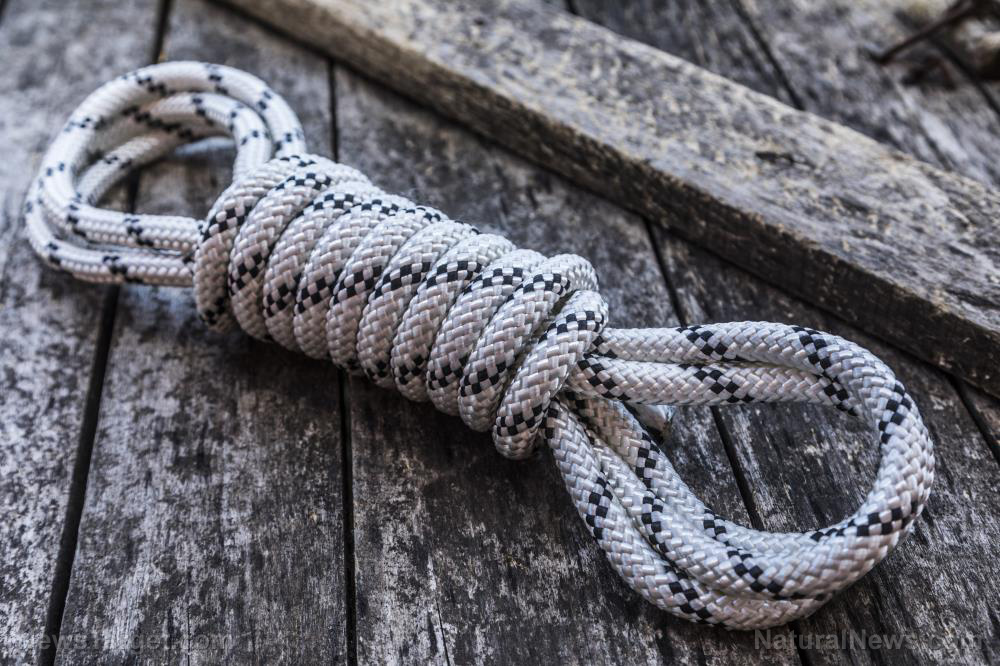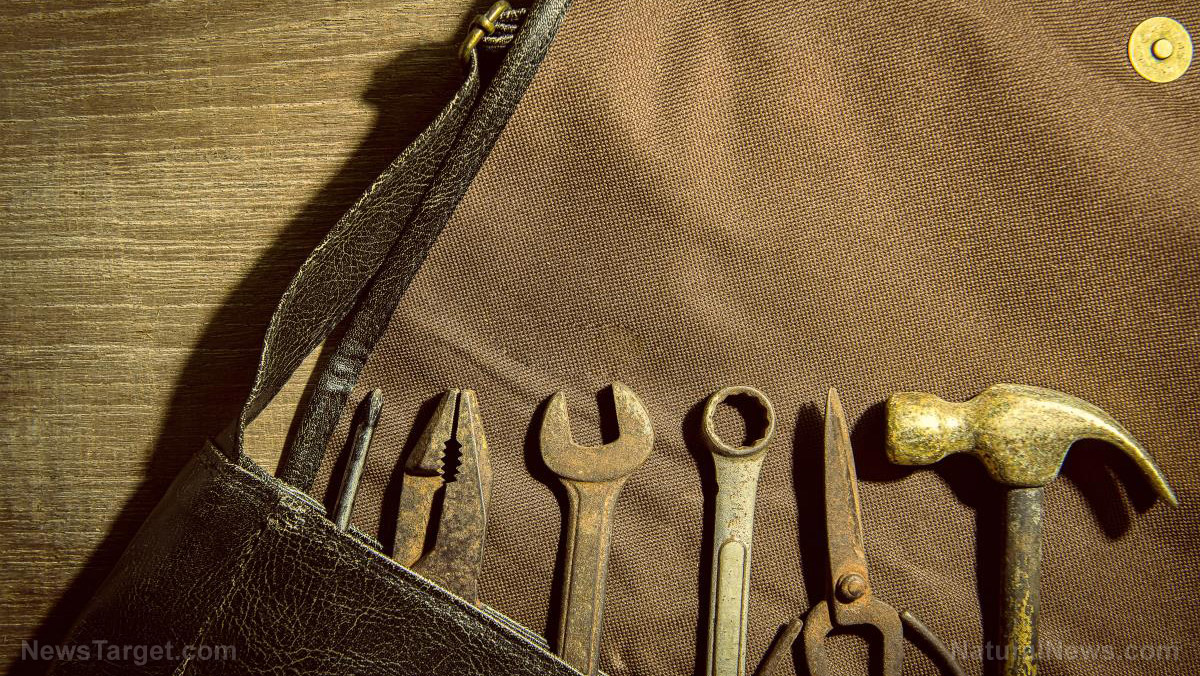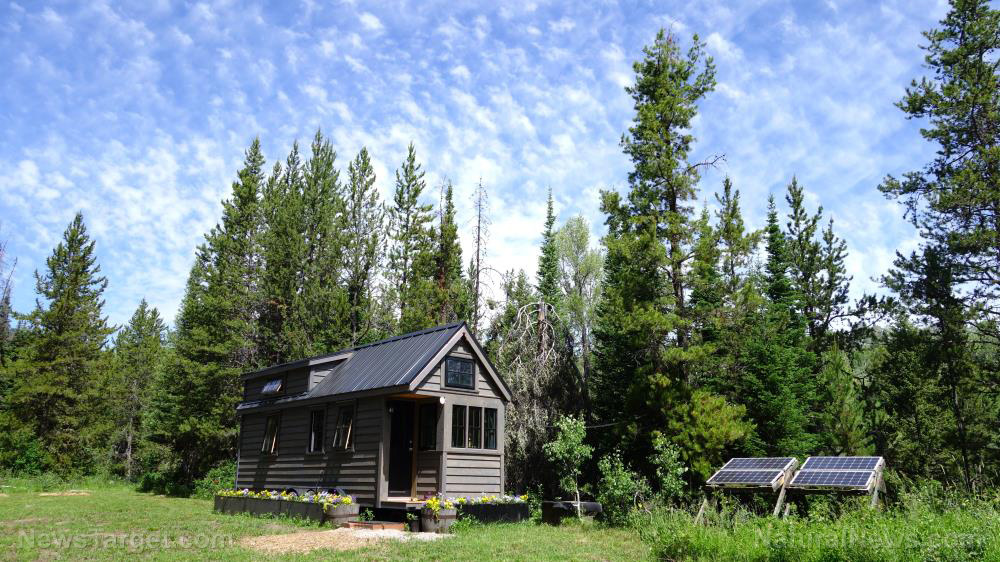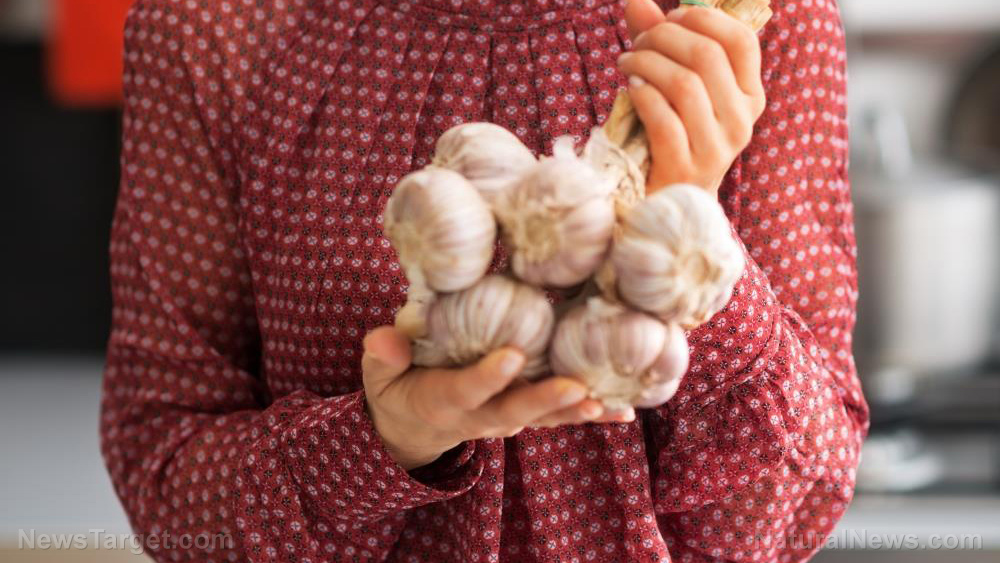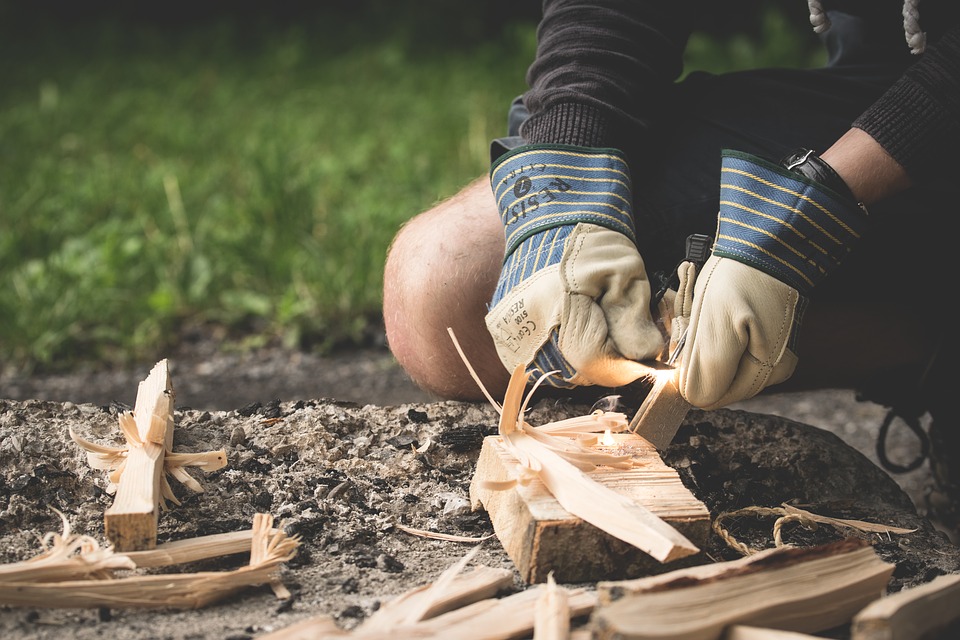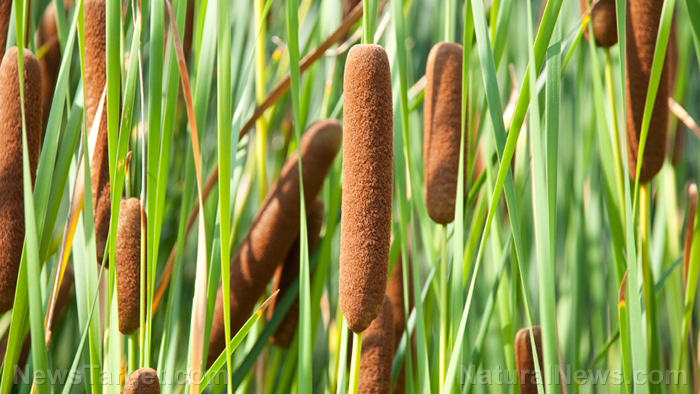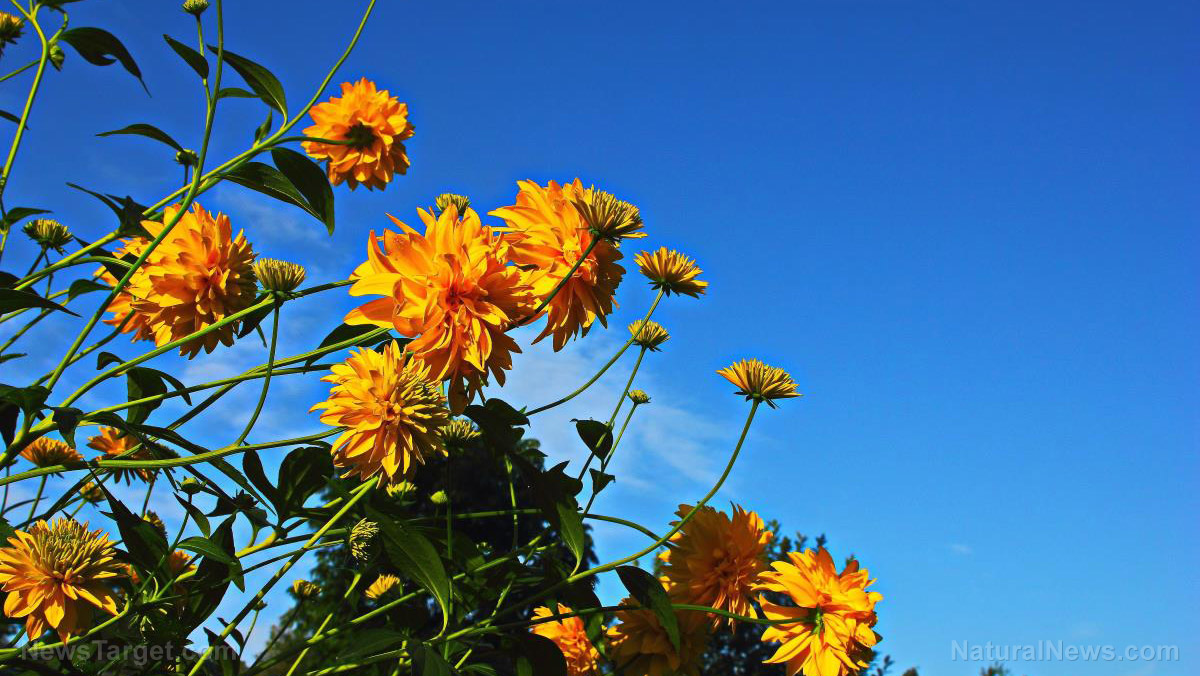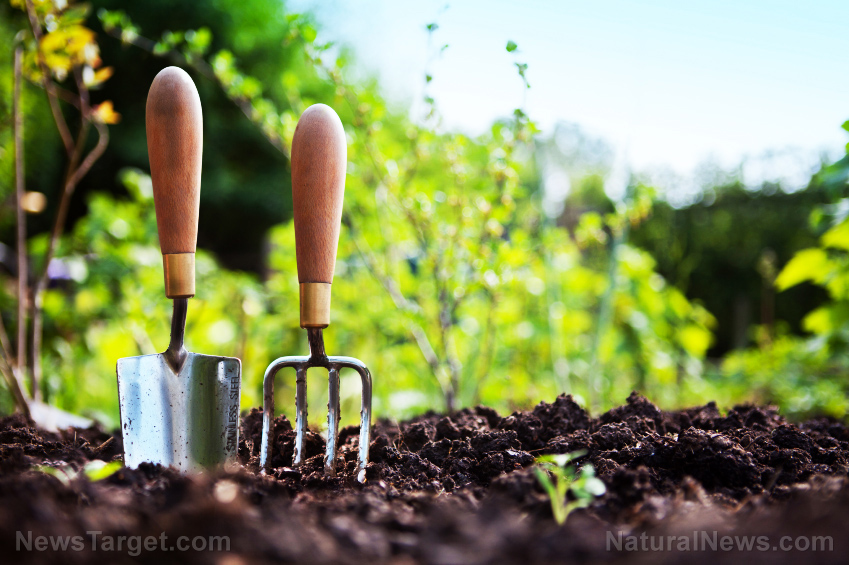Prepping 101: For how long should you boil drinking water?
07/10/2019 / By Janine Acero
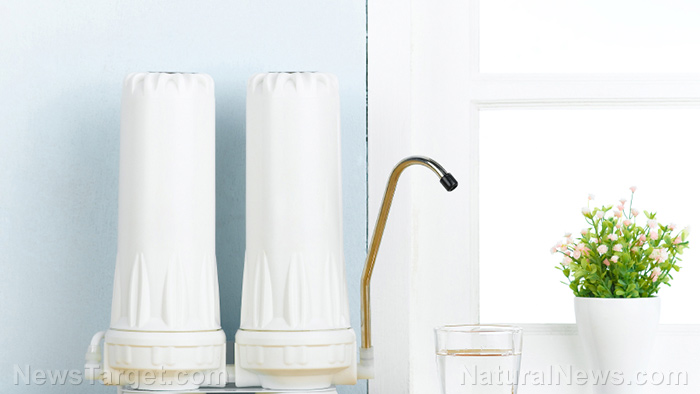
Water can be easily contaminated. In fact, 90 percent of the world’s water is contaminated in some way, according to the Environmental Protection Agency. Nowadays, you can’t just dip your head into a cold mountain stream for a drink, with diseases lurking under the surface. Biological contamination from bacteria and viruses is a common culprit, as well as chemical contamination from sewage or runoff. These factors can cause potentially serious or even fatal illnesses among wilderness travelers.
One way to ensure safe drinking water is by boiling it. Boiling is the surest way of killing all microorganisms in your water. The key is knowing how long you should boil water for it to be considered safe for consumption. (h/t to ModernSurvivalBlog.com)
Boiling water for 30 minutes at 160 F (70 C) will kill all pathogens, while temperatures reaching 185 F (85 C) will kill all pathogens within a few minutes. Essentially, by the time your water reaches a rolling boil, it is already safe to drink. For added measure, the Centers for Disease Control and Prevention suggests adding one more minute to the boiling time.
Note that chemical contamination caused by pesticide runoffs, direct dumping or indirect leaching, and mine tailings cannot be treated by boiling.
Some common chemical contaminants include:
- Aluminum
- Ammonia
- Arsenic
- Barium
- Cadmium
- Chloramine
- Chromium
- Copper
- Fluoride
- Lead
- Nitrates/Nitrites
- Mercury
- Perchlorate
- Radium
- Selenium
- Silver
- Uranium
It’s also worth noting that altitude affects the boiling temperature of water – the higher the altitude, the lower the boiling temperature. At sea level, water boils at 212 F. With each 500-feet increase in elevation, the boiling point of water is lowered by just under 1 F.
Above 2,500 feet, the atmosphere becomes much drier. The air has less oxygen and atmospheric pressure, and moisture quickly evaporates from everything. This causes water and other liquids to evaporate faster and boil at lower temperatures.
Most cookbooks consider 3,000 feet above sea level to be high-altitude. At 2,000 feet above sea level, the boiling temperature of water is 208 F. At 10,000 feet, water boils at 193 F (just about 90 C) – which means water can be sterilized within a few minutes. The CDC recommends boiling water for three minutes at altitudes above 6,500 feet (2,000 m). (Related: Water is life: 10 Ways to purify water when SHTF.)
Boiling water without power
Boiling water is a necessity, especially if you’re outdoors, but you aren’t going to have easy access to electricity outside your home. Even inside the house, you can be subject to a power outage during a wide-scale emergency. In this case, it is important to learn how to boil water without power.
- Using a camp stove — A backpacking stove such as a vintage two-burner propane cookstove is handy to have in your homestead or bug-out bag, and a reliable backup for when the power is out and you can’t use your kitchen stove. Consider factors such as your budget and the kind of outdoor activity you’re pursuing to choose the best type of portable stove.
- Using a gas stove — You can boil water using a gas stove with standing pilots by lighting the stovetop burners with a match.
- Using a grill — You can use your propane or charcoal grill if you need to boil water in a pinch.
- Using a wood stove or fireplace — Don’t have a grill? You can boil water by placing your pot over a woodstove or fireplace instead.
If you don’t have any of the mentioned items, nothing beats boiling water over a campfire. You can suspend your pot by a tripod or center pole, place it on a grate above the flames, or simply set it directly on hot coals.
Sources include:
Tagged Under: blackout, boiling water, brownout, bug out, camping, clean water, contaminated water, drinking water, Homestead, homesteading, off grid, outdoors, Power Outage, preparedness, prepper, prepping, survival, toxic water, water filtration, water purification, wilderness
RECENT NEWS & ARTICLES
Homesteading.News is a fact-based public education website published by Homesteading News Features, LLC.
All content copyright © 2018 by Homesteading News Features, LLC.
Contact Us with Tips or Corrections
All trademarks, registered trademarks and servicemarks mentioned on this site are the property of their respective owners.



